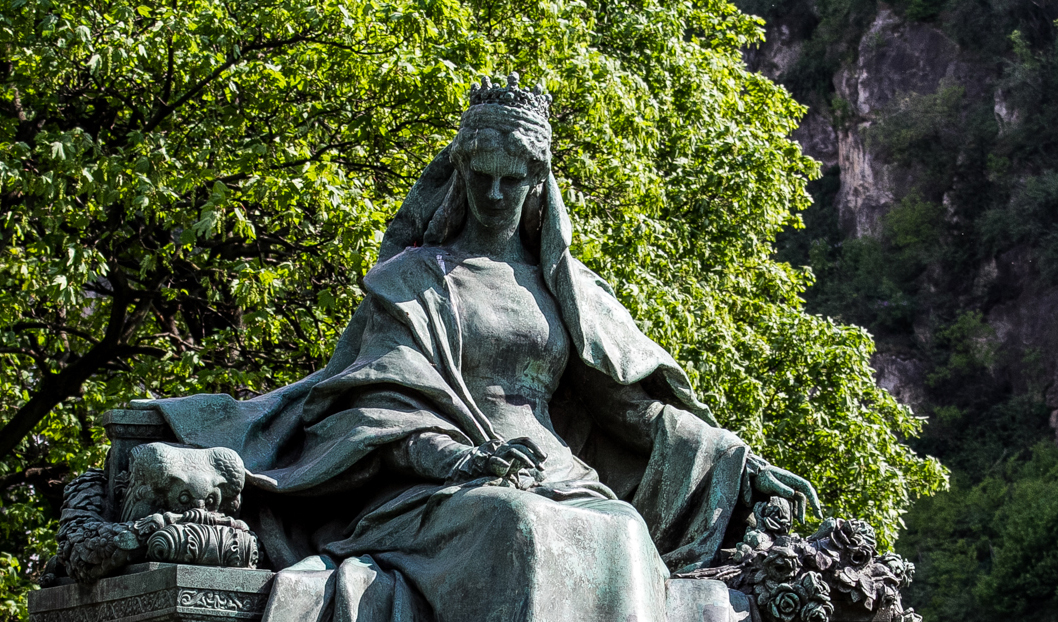With a lively vibe emanating from the many people always hanging out there, Erzsébet Square is a widely cherished meeting spot in the center of downtown Budapest, occupying a place close to urban dwellers’ hearts – just as Empress Elisabeth of Austria, for whom this buzzing plaza is named, did for Hungarians in the 19th century. Countless Magyars adored the Queen of Hungary for the deep affinity she had for this country, and her unmatched beauty enchanted many. Today, numerous locales citywide are named after the beloved monarch, including one of Budapest’s bridges and major thoroughfares.
Born into an unconventionally easygoing Bavarian royal family, Elisabeth enjoyed a carefree childhood, before she married Austrian
Emperor Franz Joseph I in 1854 at the age of 16. After her marriage, she became a member of the much more formal Habsburg royal family, requiring her to live in an environment that made her miserable for the rest of her life, a feeling that especially intensified with the untimely death of her daughter. However, Elisabeth’s marriage meant that she would also become Queen of Hungary, and over time she developed a deep affection for this country and its culture, frequently visiting Hungary as she truly enjoyed its more relaxed atmosphere. It is said that she played an important role in the Austro-Hungarian Compromise of 1867, by advocating for Hungary and the rights of its people when speaking with her regal husband.
During her stays here, she often spent time at her palace near Budapest in Gödöllő, and she even learned the Hungarian language – all earning appreciation and adoration by her Magyar subjects, who lovingly called her “Sissi”. Therefore, it's not surprising that her untimely death in 1898 sparked widespread outcry – while traveling in Geneva, the empress was stabbed to death by Italian anarchist Luigi Lucheni, who sought to kill a member of what he felt was an oppressive upper class, and he senselessly settled for taking Elisabeth’s life after he missed a chance to assassinate Prince Philippe, Duke of Orléans.
Nonetheless, the affection of the Magyars for Elisabeth never died, and today several places across Budapest honor Sissi by bearing the Hungarian version of her name, Erzsébet, including a bridge, a square, and major lanes dedicated to her. What's more, an elegant statue of her stands by the foot of Gellért Hill, on the Buda side of the bridge named after her.
Erzsébet Square
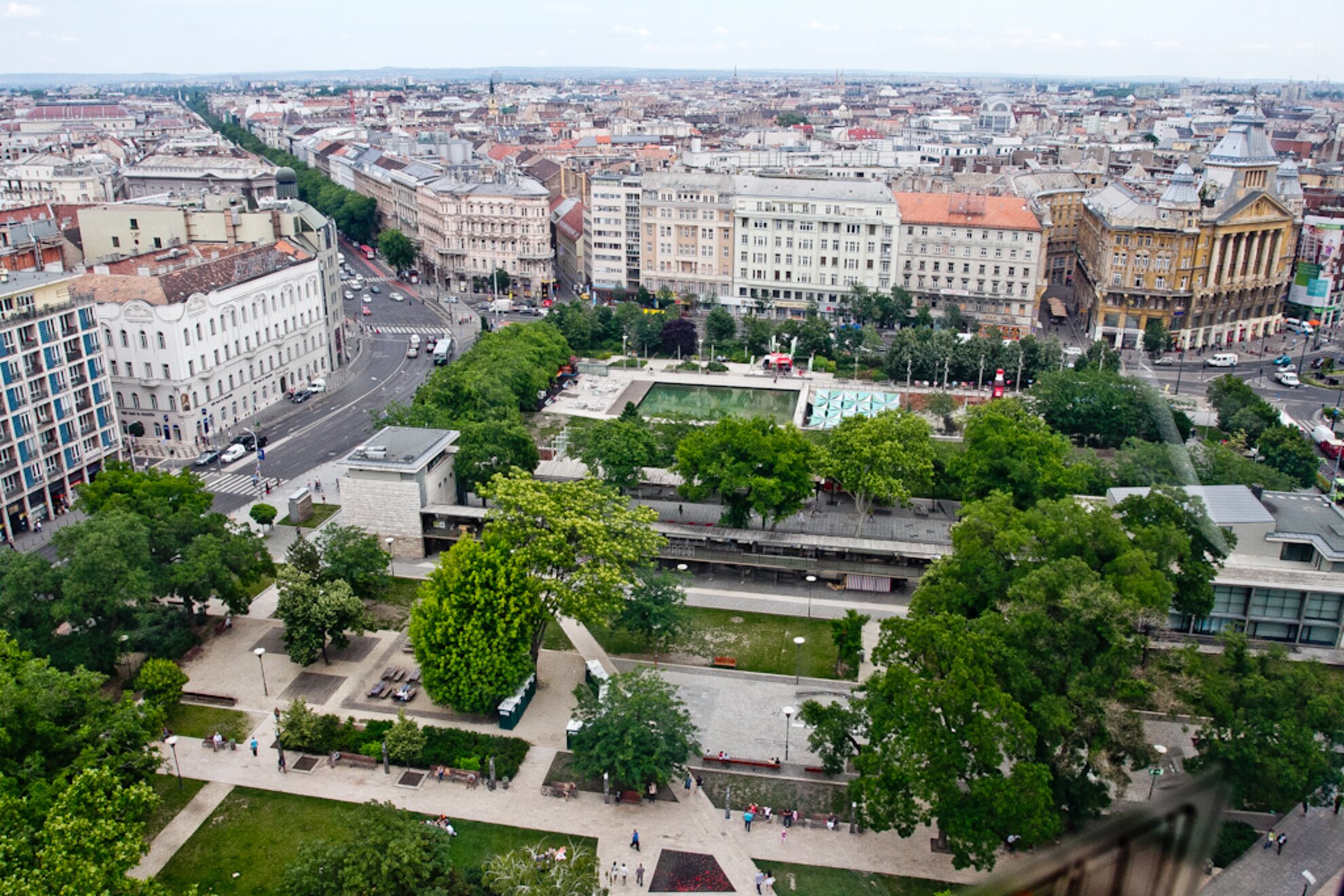
Laughter and twittering voices mingle in the air with occasional sounds of live music played by Budapest’s buskers around this centrally located piazza, which is also one of the major meeting hubs of downtown. Boasting an artificial pond that’s oftentimes encircled by groups of friends or couples on a date during summertime, and offering plenty of free space for various events and fairs, this central square boasts a lively vibe all year round. Several casual hangouts flank this buzzing area, like the popular Akvárium Klub that hosts regular concerts of various music genres, Fröccsterasz that serves glassfuls of Magyar wine spritzers during the summer months, or the trendy Terminal Restaurant and Bar.Erzsébet Bridge
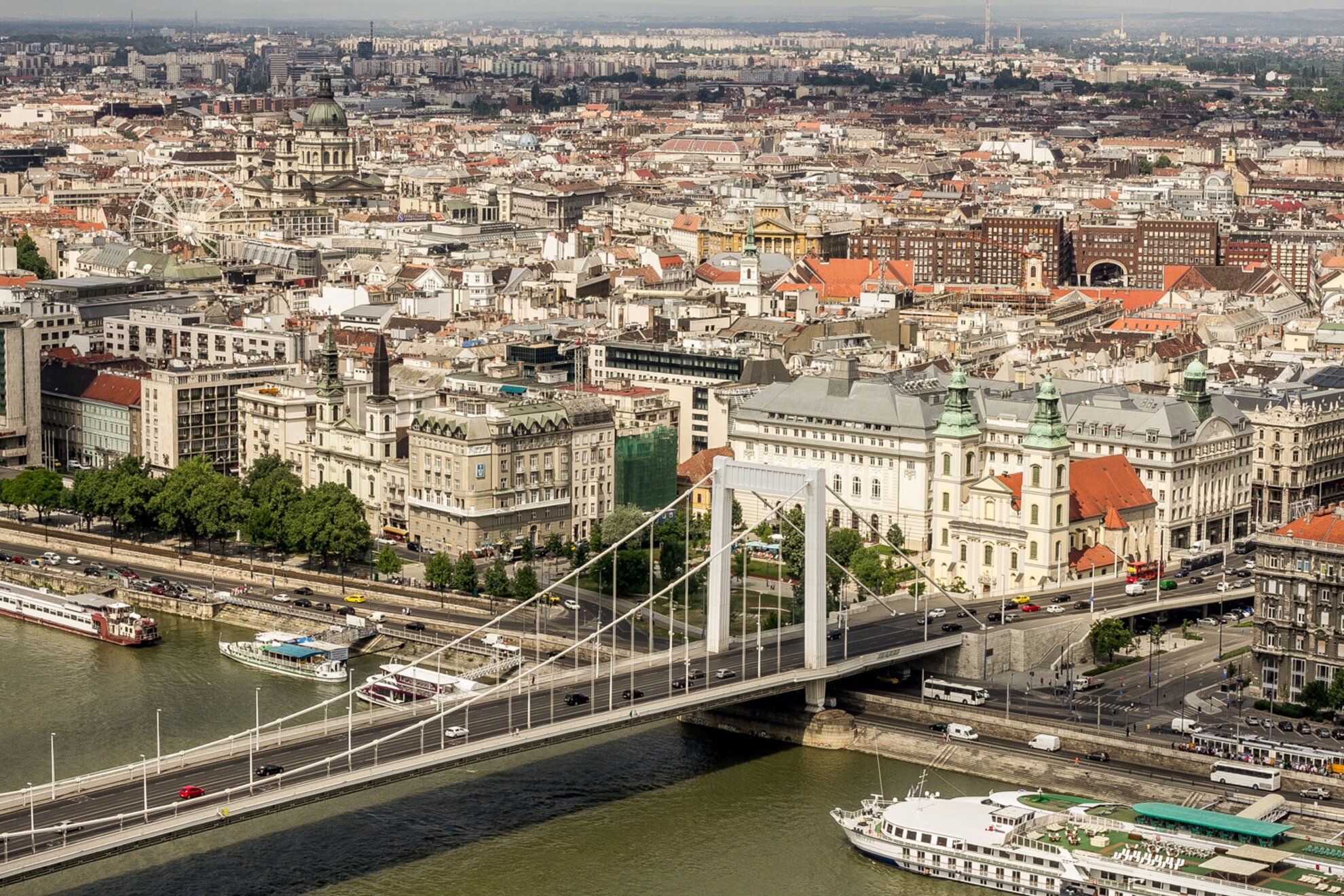
Majestically spanning Buda’s Gellért Hill and Pest’s bustling Szabad Sajtó Avenue, this whitewashed bridge was originally opened in 1903 as an astounding attraction for its suspension design. Tragically, the original bridge was blown up during World War II, but it was rebuilt in its current form by 1964, and those who cross it enjoy panoramic views over both sides of the city; the scenery is especially enchanting when looking north from the center of this long span, from where we can immerse in the sights of the Buda Castle, admire the Chain Bridge’s entire length, or check out Pest’s riverfront buildings. For the best sights over Erzsébet Bridge go to Március 15 Square on the Pest side, or climb up to the Citadel on the Buda side, from whence views unfold over almost the entire city.Statue of Elisabeth
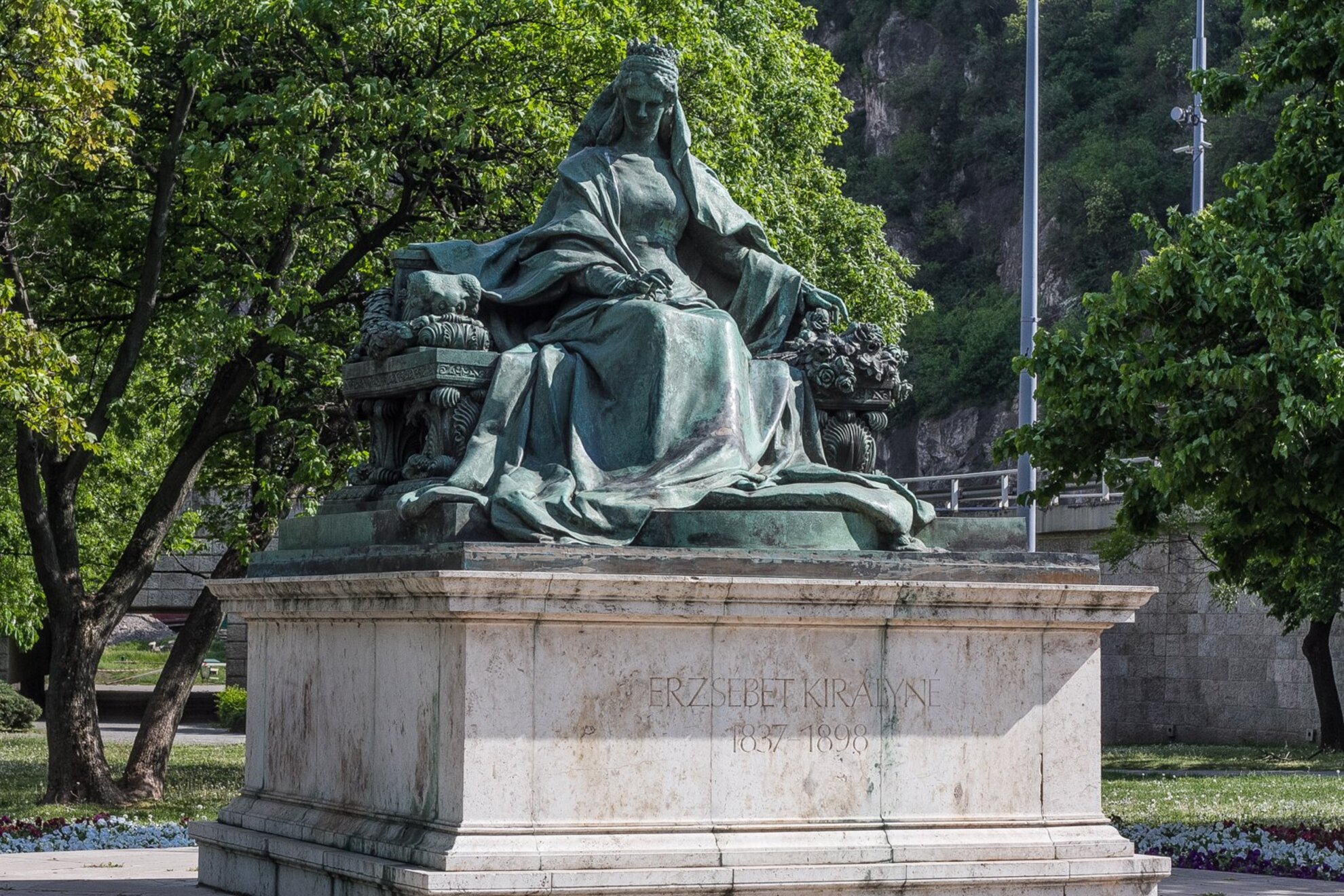
Perched atop a monumental granite pedestal at the foot of Gellért Hill, a majestic bronze statue honors the esteemed empress on Buda’s Döbrentei Square, to the northwest of Erzsébet Bridge. Shortly after Sissi’s tragic passing, it was agreed that a statue would be set up in Budapest to commemorate the legendary queen, and the memorial was first inaugurated in 1932 on Pest’s Március 15 Square (formerly known as Eskü Square) in District V. The massive monument was initially covered by a circular-shape domed building that was removed in 1953, before the iconic depiction of the empress was restored in 1985 to be relocated to its current place on the Buda side of Erzsébet Bridge.Erzsébetváros (District VII)
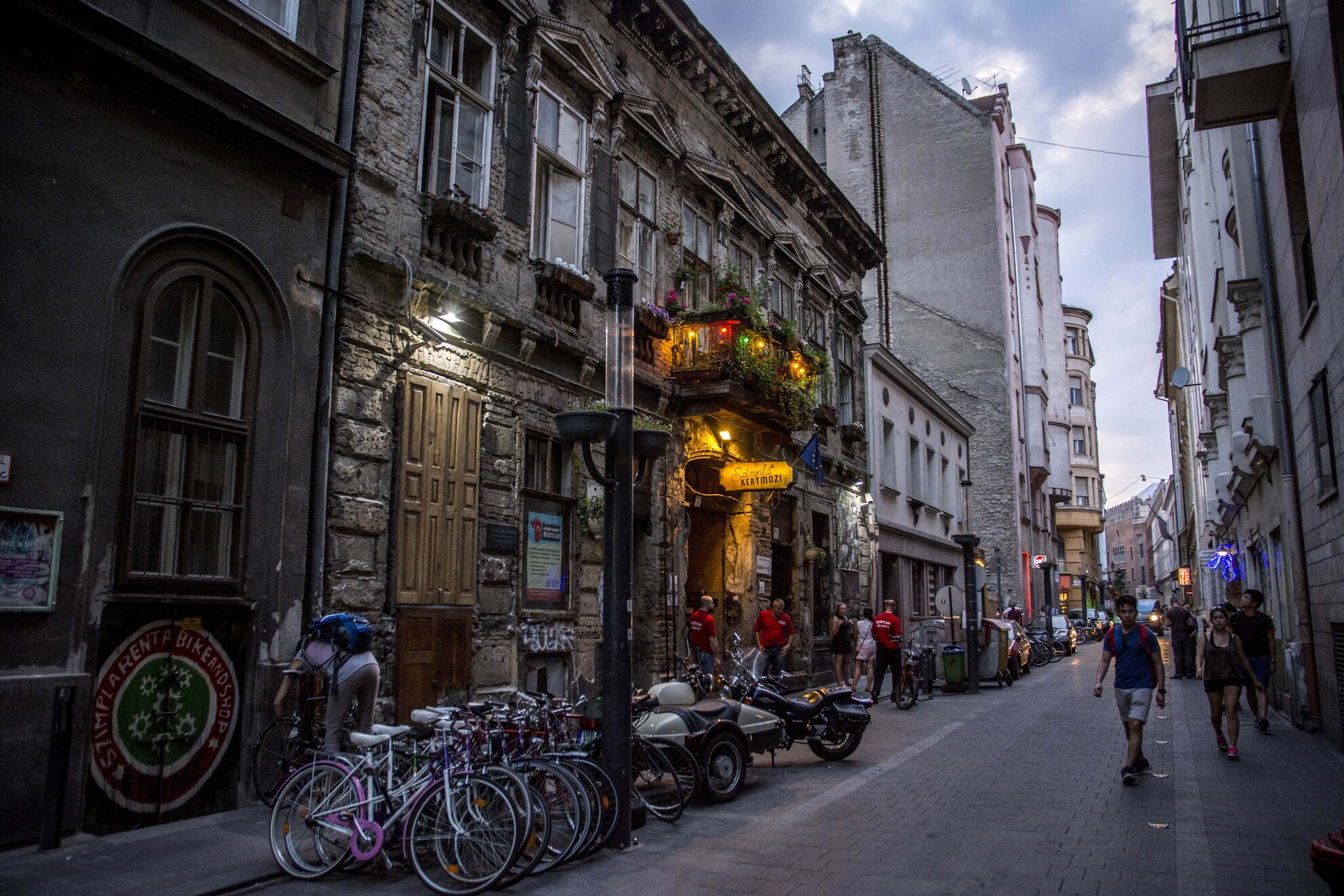
One of Budapest’s most vibrant districts, known for its eclectic settings and pulsating nightlife, is a popular downtown neighborhood stretching between Városliget to the east and the Small Boulevard to the west. Also known as the historic Jewish Quarter of Pest, this inspiring area of the city is on many travelers’ bucket lists for its abundance of eateries and bars – including several restaurants offering Jewish cuisine – concentrated inside Gozsdu Udvar and around the area; many of the city’s famous ruin pubs are also found here, like Szimpla or FogasHáz. District VII is also flanked by local design stores and up-and-coming cultural hotspots, but the most famous landmark of this community is the Great Synagogue on Dohány Street. What's more, those who want to catch Sissi's presence within the neighborhood can head to Rumbach Sebestyén Street, where a huge wall mural displays a portrait of the graceful monarch, a multistory painting done by the Neopaint Works organization in 2014.Erzsébet Lookout Tower
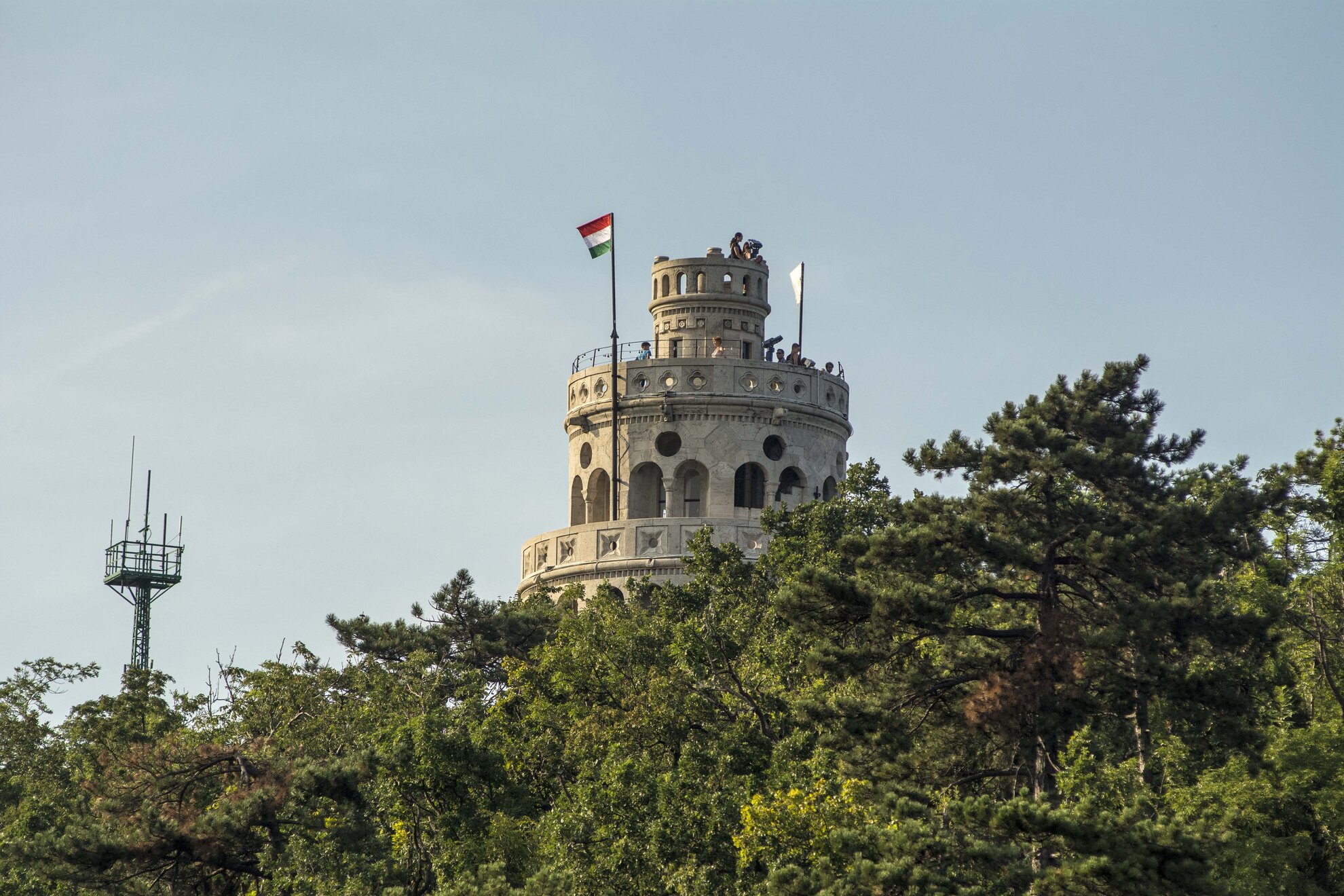
Those who want to catch widespread vistas over the Hungarian capital can climb the Erzsébet Lookout Tower that stands atop János Hill. This tallest point of Budapest, rising 527 meters high, is a beloved destination for one-day hiking trips, and urban dwellers oftentimes come out here to take a short break from the buzzing city life. You can get atop the hill by embarking in a scenic ride by the chairlift that takes passengers near the lookout point. From the top, excursionists enjoy far-reaching views of the city; in clear conditions, we can see as far as the High Tatra Mountains.Besides these popular city landmarks, major thoroughfares in the city bear the name of Sissi, like Erzsébet Boulevard, a section of Budapest’s Grand Boulevard that spans from Király Street to Blaha Lujza Square; or Erzsébet Királyné Road that runs between Hermina Road in District XIV and Rákospataki körvasút sor in District XV.
